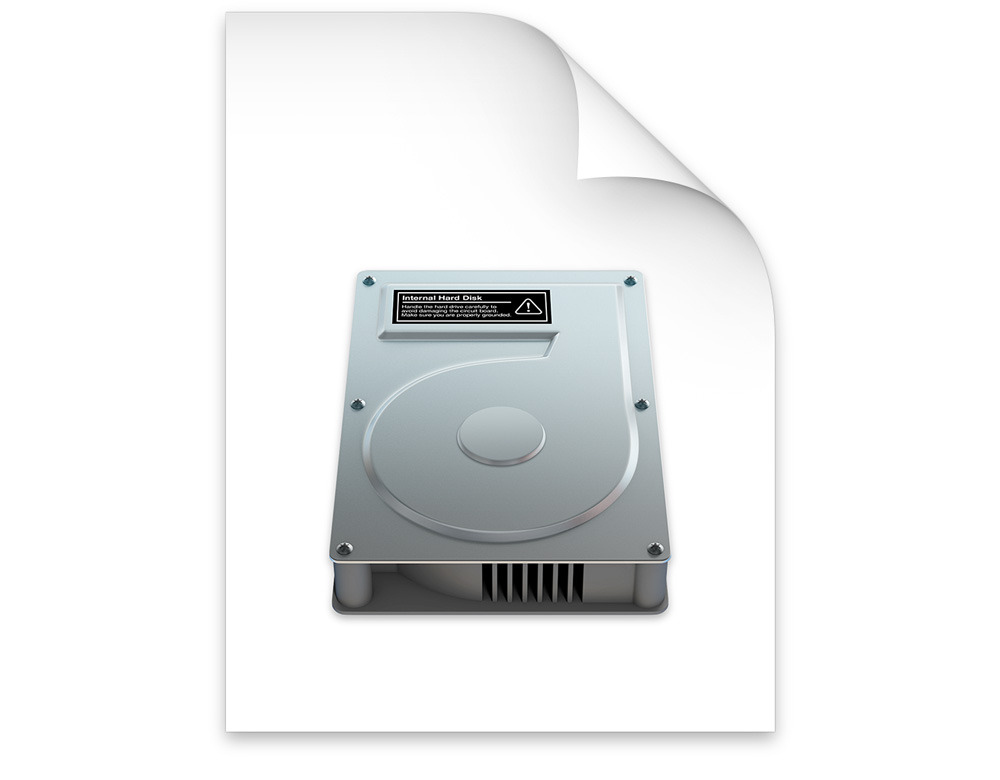Your Mac has a native application called Disk Utility to create a or partition. A disk image is a file that emulates a drive or volume whose image it contains. Also, the disk image file stores other files & folders just like a virtual drive and can be mounted as a volume within Finder. Generally, the native disk image format of macOS has the .dmg file extension.
Download UUByte DMG Editor setup.exe from this website and follow the prompt to install the. You needn't convert dmg to iso file before burning. To burn dmg file on Windows PC, please follow the steps, Run PowerISO, and insert a blank or rewritable optical disc in the drive. Click 'Burn' button on toolbar or select the 'Tools Burn' Menu. PowerISO shows 'DMG Burner' dialog. Click 'Browse' button to select the DMG file you want to burn.
In this blog, we’ll share the Disk Utility method to create a disk image file of your Mac startup disk. We’ll also share how to restore your startup disk by using the already created image file.
The need for Creating Disk Image of Mac Startup Disk
You can create a disk image of your Mac startup disk:
·To burn the startup disk’s data to CDs or DVDs
·To back up your startup disk’s apps and settings
·To restore your Mac from the recovery image file
·To compress the startup disk’s data for archival purpose
·To protect startup disk’s files and folders through encryption
·To transfer startup disk’s files and folders between Macs
·To store the startup disk’s data in NAS or a different volume
Prerequisite
To create a disk image of your Mac startup drive, you need any one of the following save locations with sufficient space:
·Additional volume on your Mac
·Mounted external storage drive

·Connected network storage drive
Methods to Create Disk Image of Startup Disk
First Method
First off, quit or stop any apps and services to minimize writing on to the startup drive during the image creation process. Subsequently, perform the following steps to create a disk image of your Mac startup disk:
1.Go to Applications > Utilities > Disk Utility.
2.On the Menu bar, select File > New Image > Image from Folder.
3.On the dialog window, select your startup disk (Macintosh HD) then click Open.
4.Provide a name for the disk image, add tags if needed, and specify a save location.
5.If you wish to encrypt the disk image, then click the Encryption pop-up menu and choose an encryption option.
6.Click the Image Format pop-up menu, then specify an image format. You can choose from Read-only, Compressed, Read/write, DVD/CD master, Hybrid image (HFS+/ISO/UDF)
7.Click Save then Done.
Second Method
Boot your Mac from a different startup drive, say macOS Recovery to create a disk image of your Mac startup disk. Steps are as follows:
1.Start or restart your Mac then immediately press and hold Command + R keys together.
2.Release the keys once you see the Apple logo. Mac starts in macOS Recovery mode.
3.From the macOS Utilities window, select Disk Utility then click Continue.
4.After Disk Utility opens, perform the steps listed in the first method.
Third Method
You can create and manage your disk image file through terminal commands. Steps to create a disk image file of your Mac startup disk by using Terminal are as described below:
1.Open Terminal.
2.Type hdiutil create –volname N –srcfolder P –ov N.dmgthen press Return.
Note: Here replace N with the name of the disk image file and P with the path of the source volume.
3.Quit Terminal.
Steps to Restore a Startup Disk Image
You can restore your startup disk image file to your startup disk. But, first off, save any important files and folders present on your startup disk to another volume or storage drive to avoid data loss that will ensue due to disk erasure.
Use Dmg In Windows
Steps to restore startup disk image file to startup disk are as follows:
1.Open Disk Utility on your Mac from macOS Recovery mode.
2.From the sidebar, select the startup disk (Macintosh HD) then click the Restore button. Note: Your startup disk will be erased and will become the replica of the image file.
3.Click the Image button then navigate to the startup disk image file.
4.Click Open then click Restore.
Conclusion
We hope this blog helped you to understand the nitty-gritty of how you can create a disk image of your Mac startup disk on your macOS Mojave. The best and safest method is to use Disk Utility—a GUI app that simplifies the image file creation process. Advanced users may try the Terminal method to create a startup disk image and manage it from there. The blog also shared the technique on how to restore a startup disk image to a startup disk by using Disk Utility.
It is a must that you back up your Mac before performing any critical troubleshooting process; for instance, when you restore from the image file to the startup drive. The wrong choice of the source and the destination drive could result in data loss. In such a dire situation, a Mac data recovery software can be your savior. The software can salvage your precious data that got lost due to accidental erasure or other logical data loss scenarios.
How to Create A Bootable Windows 10/8/7 USB on Mac with or without Bootcamp
If you typed the wrong command, all the data on the selected drive would be erased and all data being vanished in seconds. So it is not ideal solution for beginners who don't know much technical staff. People are more willing to use tools that fix the certain issue at minimal effort.
It is a market-leading application for burning ISO files and creating bootable media. Its flexibility allows you to choose your storage medium and change burn settings in an easy manner. The utility is fully tested on the world's top PC brands running all the recent versions of Windows. The most important features are the high burn success rate and the simple UI that allows even novice users to quickly burn bootable ISO files to a disk or USB flash drive.
bootcamp - macOS High Sierra: Create Windows bootable Usb - Ask Different
The process has been described in detail below:. You need to input the user password before opening the program to authorize the permission. After that, you will see a clean user interface like this. When you launch the software, you will see multiple options on the home page. Click on 'Burn' to create the bootable disk.
In the next window, select the bootable ISO file in the top section, and then the appropriate storage medium. Now click on 'Burn' after choosing the USB option.
Get the latest updates from Twocanoes

The bootable drive will be created in a few moments, and you can use it for Windows installations and other purposes. There's no confusion with advanced settings, no command line work and no other tools required to complete the process.
- bioshock 2 mac os x cheats.
- abrir terminal en mac con teclado.
- Part 1. How to Create A Bootable Windows 10/8/7 USB on Mac with Bootcamp?
- macos - How to create a bootable USB Windows OS using Mac OS X - Super User.
- mac non si avvia schermata bianca mela.
- PC bootable Windows 10 usb with High Sierra | MacRumors Forums.
- mac driver for external hard drive.
The formatting is done by the software itself, so the user doesn't have to worry about lengthy and complex actions. You won't want to wait for an hour and found out the USB was useless becasue it couldn't boot Windows from it, right? The Command Prompt is an extremely useful utility in Windows, but you have to know what you're doing. Command improperly executed can lead you to several issues down the road. Therefore, you need to be confident in doing command line work in order to use this method. You can certainly try it if you are a novice, but that may not be the recommended course of action.
The process is described as Step 0 below, but remember to remove the single quotes when entering commands:. Step 3 : Once the disk partition utility is running, you'll see a new window. In this, type ' list disk ' and Enter. Select the USB drive from this list; it will usually be Disk 1, so now input 'select disk 1' and hit Enter. Step 4 : In the next step, input ' clean ' and again press Enter. After you see the success message ' Diskpart succeeded in cleaning the disk '. Then you can type 'create partition primary' and again press Enter.
The chosen partition is now formatted as the NTFS file system. Now type 'exit' and hit Enter again. Step 8 : The above command creates a boot sector on your pre-formatted USB flash drive to create bootable media. You can now exit the Command Prompt with 'exit'. It's useful for when you need the same drive to contain different versions of Windows.
Just to get an idea that the copy was successful, let's run the df command again to make sure the USB stick has roughly the same amount taken up now — 4. So after the first 2 generic steps at the start of this post, we'll be taking separate steps for Linux as shown below. Exellent, now we are ready to burn the ISO image.
Create Dmg Windows
Part 1: Create Windows 10 Bootable USB on Mac via Terminal (Without Bootcamp)
Extract Dmg File Windows
Let's cd into the directory with all the ISOs that you have and burn it using the dd command. Useful tip cheers Jim! That's it, we're done! Eject the USB stick no need to run any diskutil commands as it wasn't mounted automaticaly and boot on your PC. The rule of thumb is to boot UEFI if it's available:. I think there might be a typo.
Dmg File Open In Windows
Is this is a mistake? I instead pointed dd to the new DMG file. Thanks for this! Not a typo! Just did it now, so should be a correct procedure. I also think something is wrong with step 3.
- Create a Windows 10 Bootable USB Flash Drive on a Mac.
- m4v to dvd mac os x free.
- Part 2: Create Bootable Windows 10/8/7 USB from ISO on Mac via UUByte?
It doesn't produce a bootable USB for me. All the files are on the USB but it simply isn't bootable.
Subscribe to RSS
Please give it another try? Let me know if you get a chance to try it. That is indeed helpful, however I followed the steps for Linux I believe these are the same as before? Your email address will not be published. Notify me of follow-up comments by email.
